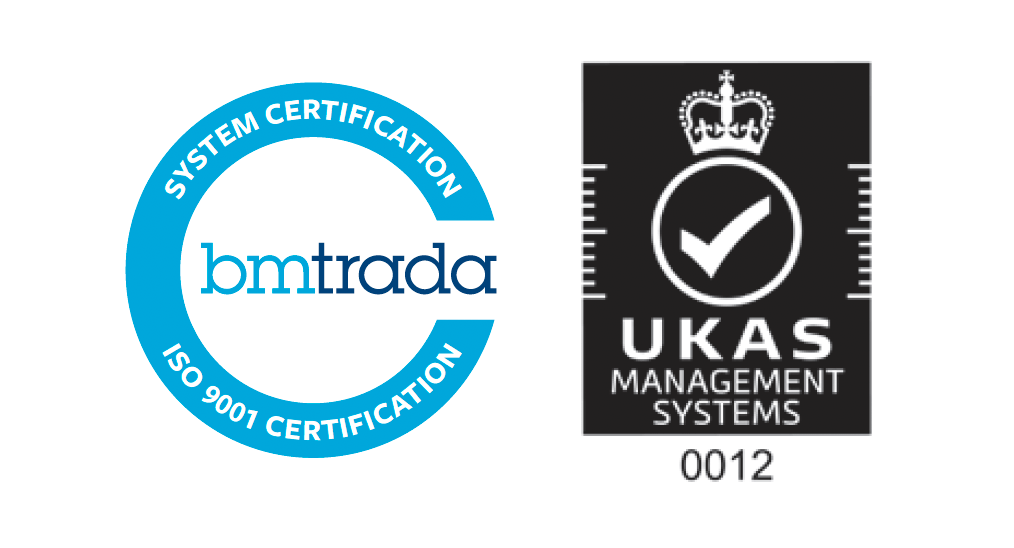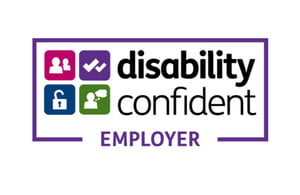The international impact of NICE
NICE is acknowledged to be one of the leading organisations in the world for developing evidence-based guidance. But why is that, what have been the implications and can NICE maintain its pre-eminent position?
The timing of NICE’s establishment is a key reason for its global reputation. Through the 1990’s, health systems around the world were being challenged by new and increasingly more expensive drugs, especially for cancer and needed an evidence based approach to inform adoption decisions. NICE wasn’t the first organisation to appraise the value of new treatments, but the way it was established and the remit is was given marked it out as something new and different. Making clear what had always been the case, that the cost of treatments had to be taken into account in deciding what the NHS could offer, was an essential element in NICE’s purpose and impact. Doing that, in the absence of clear direction from the Department of Health and the Treasury, meant working with stakeholders, triangulating its methods with the expectations of the public and the life science industry, and with the ability of the NHS to fund new treatments.
And as the world moved into the new millennium, the internet was making it easy to share ideas, methods and publications. Although, in its very early years, NICE sent out its guidance on paper, it also used the internet to promote its work in the UK and by default to anyone else around the world.
Rather than simply being part of the drug pricing system, like PBAC in Australia, or occupying an advisory role such as CADTH in Canada, NICE was set up as an integral part of the English and Welsh health services, with clear political and professional backing, and with the expectation that the NHS would act on its recommendations. This was important because both in the UK and elsewhere, it was apparent that simply publishing evidence-based recommendations, however carefully developed, wasn’t necessarily sufficient to materially influence practice. For that to happen a number of conditions needed to be in place. The right topics needed to be selected, which meant tackling both new forms of practice with significant uncertainties and dealing with established practice, which was either failing to take advantage of new approaches and the latest technology, or which was dividing opinion, leading to variations in service availability. There needed to be sufficient enthusiasm for guidance, particularly from the professional communities that would lead its implementation. And there had to be a management framework to drive, incentivise and otherwise enable and monitor implementation. These conditions existed in the UK in 1999.
And unlike most of the professional organisations producing evidence based guidance around the world, its mandate required it to take cost as well as clinical effectiveness into account in its advice. The methods for assembling and interpreting evidence for effective clinical practice had been developing globally since the 1960’s, alongside the evolution of research methods and the emerging discipline of health economics. The UK was in the forefront of both and NICE was able to take advantage of it. Developing its first set of methods drew on the UK’s experience in promoting evidence based practice at the regional level, through the Development and Evaluation Committees. But NICE was also able to take advantage of experience in Holland, Sweden, Australia and Canada, which had all developed evaluative capacity of one kind or another through the 1990s. Because NICE developed its guidance in conjunction with clinical communities and the wider NHS, it was able to draw on the reputation of UK medicine and the British health system. UK medicine, if not always the health system in which it was practiced was – and still is – widely admired, partly because of quality of professional training and practice, the professional regulatory system and because it is not incentivised through payment mechanisms that can distort decision-making and result in poor resource use. NICE showed that it had teeth right from the start, by recommending against the use of Relenza, a new treatment for influenza, produced by a British pharmaceutical company.
If the extent of its international impact was initially a surprise for NICE, its advantages quickly became apparent. Although the UK is only a small part of the global life sciences market, the fact that NICE was being cited in markets around the world meant that companies operating in the UK had the attention of their global headquarters. Engagement with other agencies allowed NICE to access knowledge and experience that helped it develop its approach more quickly than it would have done by relying on its own, small resources. That approach continues to evolve as NICE moves towards consulting in late 2020 on the latest revisions to its methods for appraisal growth of new technologies. Although it is unlikely that its cost effectiveness thresholds will change, it will want to improve the efficiency of its processes and to be able to demonstrate that its approach to valuing new technologies reveals their incremental therapeutic benefit.
Interest in the use of evidence based decision-making has grown rapidly in the last 20 years and many health systems have either the capacity to appraise new drugs, or have access to it, from NICE and other similar bodies. NICE’s strengths lie in its enduring relationship with the NHS, and its ability to extend its approach to new areas, such as public health, social care and digital technologies. To maintain its position, it will need to continue to develop innovative approaches in using evidence and it will need to hold on to its independent status. NICE is at its best when it challenges orthodoxy and stands up for objectivity and truth.


